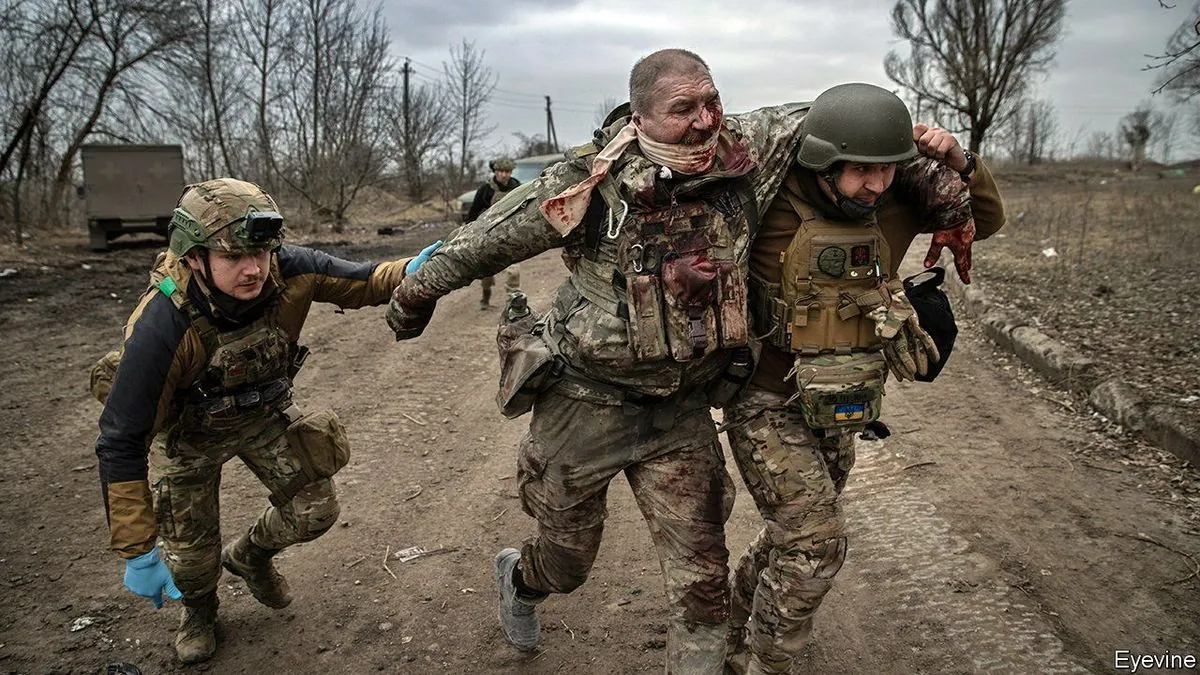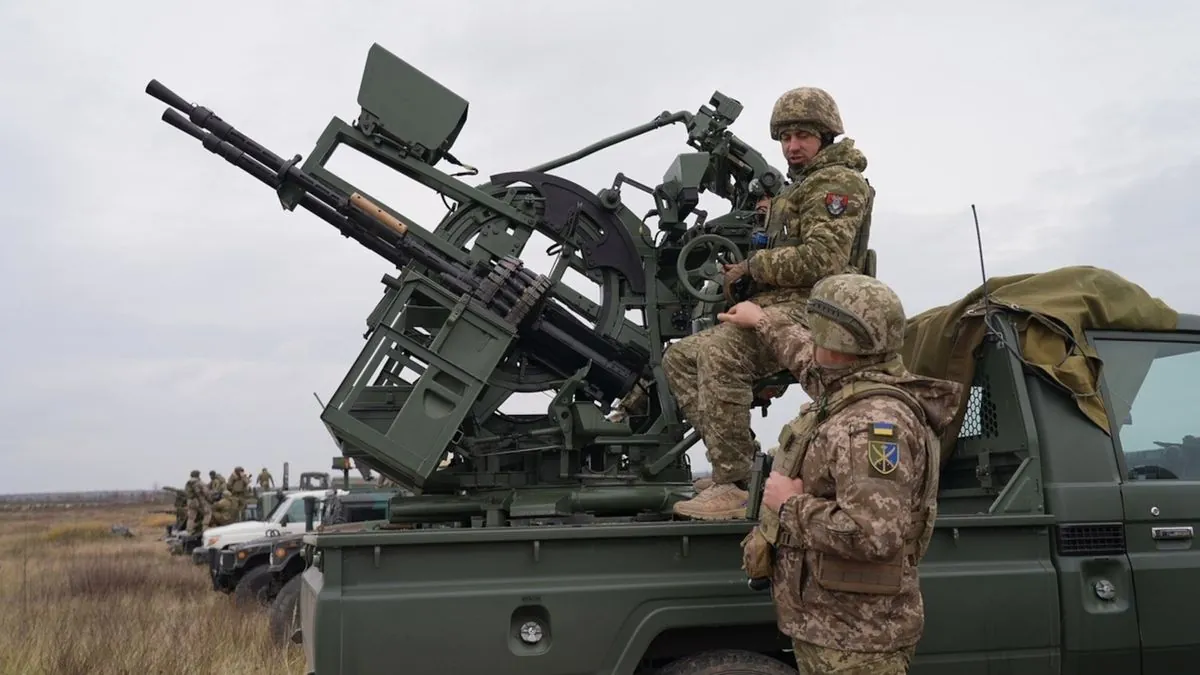Ukraine and Russia Grapple with Demographic Challenges in Ongoing Conflict
Both nations face recruitment hurdles as aging populations impact military strength. Ukraine struggles with draft avoidance, while Russia offers financial incentives to volunteers. Global implications extend to China's future military decisions.

In recent months, Ukrainian intelligence has observed a concerning trend on social media platforms. Videos depicting Ukrainian men evading military service have surfaced, prompting officials to suspect a Russian disinformation campaign aimed at undermining recruitment efforts.
This development highlights the ongoing struggle both nations face in maintaining their military forces amidst demographic challenges. Ukraine's population, already projected to decline by nearly 50% over two generations before the conflict, now grapples with a shortage of young recruits. The average frontline soldier is 40 years old, reflecting the nation's aging demographic.
"We might need 500,000 new personnel this year alone."
While this estimate has since been revised, it underscores the pressing need for manpower. Ukraine's population of 38 million, roughly one-third of Russia's 144 million, puts it at a numerical disadvantage.

To address this issue, Ukraine has implemented new measures. As of July 16, 2024, all men aged 18-60 must update their personal information for potential mobilization. However, draft avoidance remains a significant challenge, with over 30,000 Ukrainian men reportedly crossing into neighboring countries since the invasion began.
Russia, facing its own demographic decline, has adopted a different approach. Instead of large-scale conscription, the Kremlin has offered financial incentives to attract volunteers. Russian contract soldiers can receive up to 400,000 rubles (approximately $4,600) for a year's service, nearly triple the average monthly wage.
These demographic challenges extend beyond the current conflict. China, another global military power, faces its own population crisis. By 2040, China's military-age male population is expected to decrease from 360 million to under 300 million, potentially influencing its strategic decisions regarding Taiwan.
As nations worldwide grapple with aging populations and declining birth rates, the impact on military readiness becomes increasingly apparent. The ongoing conflict between Ukraine and Russia serves as a stark reminder of the critical role demographics play in shaping global security landscapes.


































